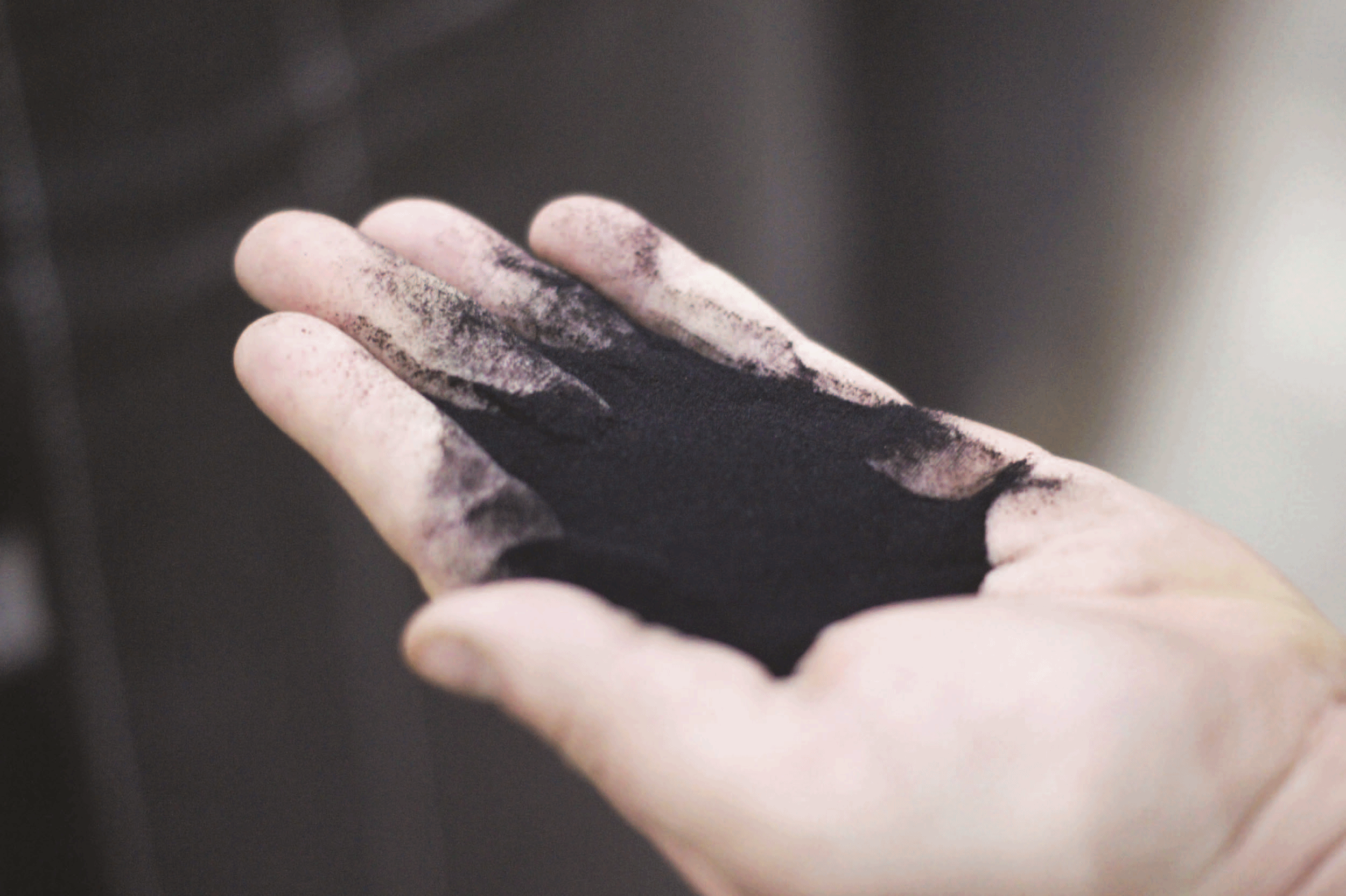Rubber powder: 2014’s new market for tyre recyclers?
 Processing recycled tyre rubber into powder (as opposed to granulate or chip) is said to be the most lucrative way of reprocessing, with rubberized asphalt amongst most commonly touted use of this product
Processing recycled tyre rubber into powder (as opposed to granulate or chip) is said to be the most lucrative way of reprocessing, with rubberized asphalt amongst most commonly touted use of this product
While tyre recycling is a business sector that has proven its ability to buck recessionary trends, recyclers face the challenges presented by weakening mature markets and at the same time develop new markets. That’s why Tyres & Accessories recently engage with rubber and tyre recycling industry consultant Robert Wiebold and asked what the biggest trends in tyre recycling have been in 2014.
Some people recommend the diversification of businesses’ outputs in favour of rubber granulates. At the same time, the ratio of recycling uses to energy recovery uses is constantly on the rise. This trend is said to be putting pressure on tyre input prices as exporting whole or shredded tyres will in some cases effect availability of tyre supply. Export activities may sometimes be carried out illegally, but they are still taking place and will continue to undermine the used tyre input market for the foreseeable future.
One solution is to build up a solid market for high quality rubber powders which pay high prices. This reduces dependency on gate fees and enables tyre recyclers to choose the best input material and not compete with thermal uses and tyre recycling competitors.
World-wide markets for rubber powders are covered by two different kinds of recyclers which can be differentiated as: “Tyre Recycling Generalists” and “Tyre Recycling Specialists”. Generalists represent 95 per cent of the market and produce materials bigger than one millimetre for well-known industries at more or less unsatisfying prices. The five or more per cent that are smaller than one millimeter are generally said to be of low quality and can therefore only be sold to industrial operations focusing more on the lowest possible price and not on quality. Solid wheel manufacturers are one example of such customers.
Specialists, on the other hand, are represented by a small number of companies focused on producing high quality rubber powders for high value applications. Most of these companies initially started as generalists before developing into more sophisticated businesses. The applications are endless, but not widely established or utilized. At the same time, these markets are extremely differentiated and demanding very specific properties for the powders. Only high quality material can be successfully used in high value products justifying above average prices. Customers for high quality rubber powders are specifically interested in: the percentage of natural rubber compared to synthetic rubber; the type of input material (tyre versus technical rubber); morphology of the rubber particles (surface area); cleanliness (contamination with steel dust, textile and mineral impurities); exact classification; and reliability (TQM).
High value applications go hand in hand with high levels of responsibility by the producer towards the final customer (such as automotive industry, tyre manufacturers). Total Quality Management is a must and ISO certification is similarly a matter of course.
Things high value customers consider
From a production point of view there are also a lot of things to consider before deciding for the right equipment. A tyre recycler usually has the options to choose between normal (ambient) temperature processes, cold (cryogenic) temperature processes, and water jet milling process. Ambient processes can be divided into high speed and low speed (e.g. cracker mills) milling processes. Cracker mills produce very high surface areas and larger output quantities compared to high speed rotating mills. Cryogenic producers claim that under such grinding conditions, no thermal or chemical degrading occurs in the polymer chains of the rubber. The morphology of the particle surfaces obtained is flat, without significant amount of pores, resulting in minimum leachate, odor, and volatiles liberation. However liquid nitrogen costs are high and output fractions of bigger than 40 mesh do not find an easy acceptance on the market.
This all means the following parameters need careful consideration: the available input material (type, size, quality) and which kind of industry will be targeted. For most of the potential markets for high quality rubber powder a tyre recycler must be able to provide proper budget and resources for marketing and research and development. Targeting high value customers brings along a different standard requested by these kinds of customers. One is often dealing with multi-national companies – sluggish in terms of response time and decision making but potential lucrative in terms of volume and frequency.
Strategic alliances with other rubber powder producers could turn out to be beneficial too. Multi-national companies usually demand proof of reliable and uninterrupted delivery. Should one supplier go temporarily offline there must be an alternative supply possible with similar qualities and quantities.
The most promising applications for high quality (and therefore expensive) rubber powders are said to be: rubberized asphalt applications – something that has come to increasing prominence in the UK and elsewhere this year; new tyre manufacturing – an application that is particularly appealing to tyre makers seeking to bolster their eco-credentials; rubber reclaim and devulcanization applications; thermoplastic elastomers; porous drainage pipes; automotive uses; and spray and sealant applications.


Comments